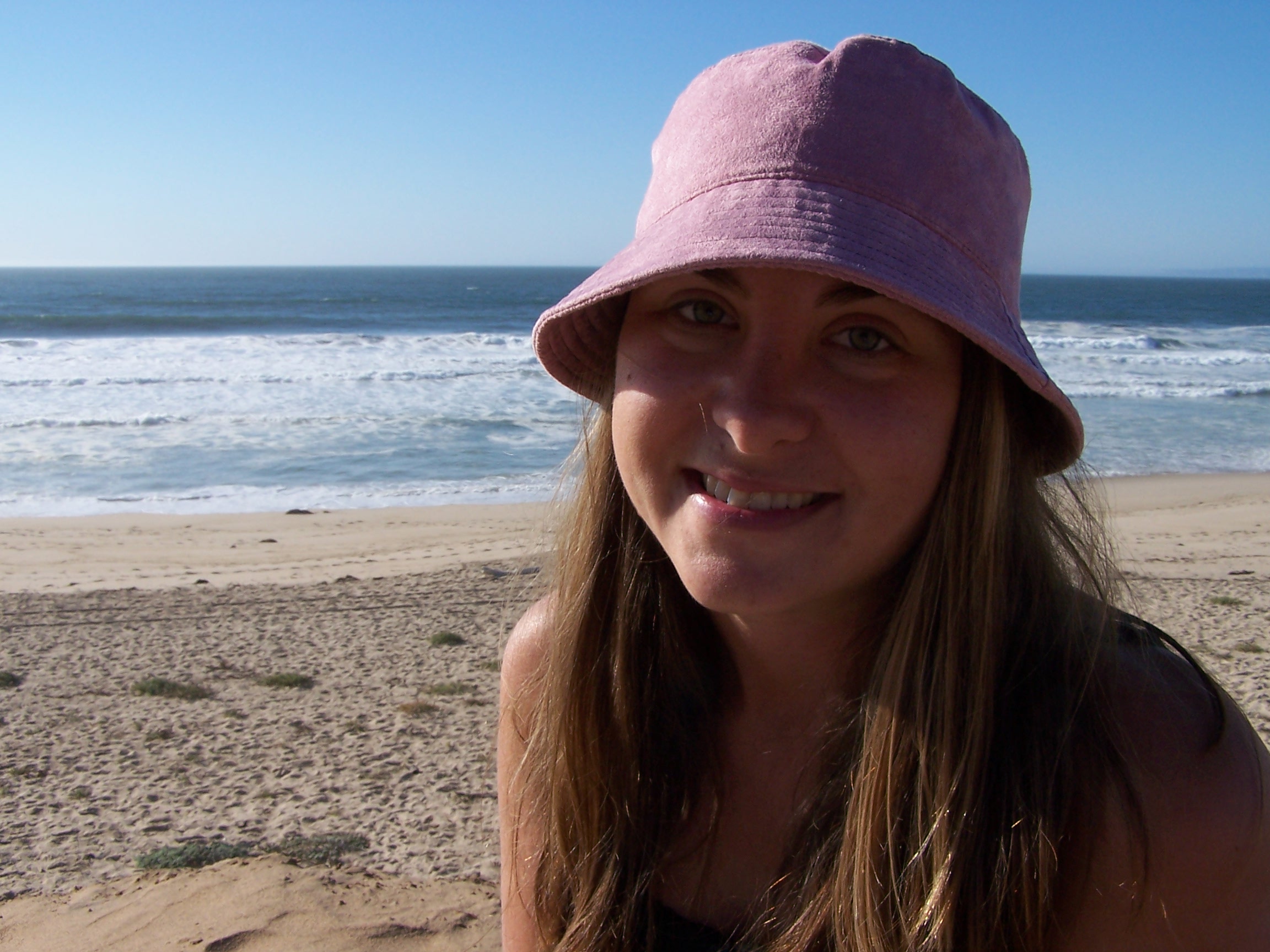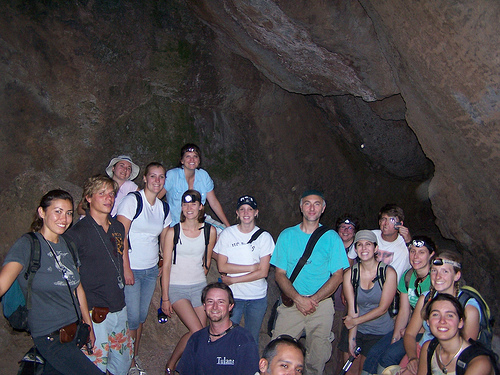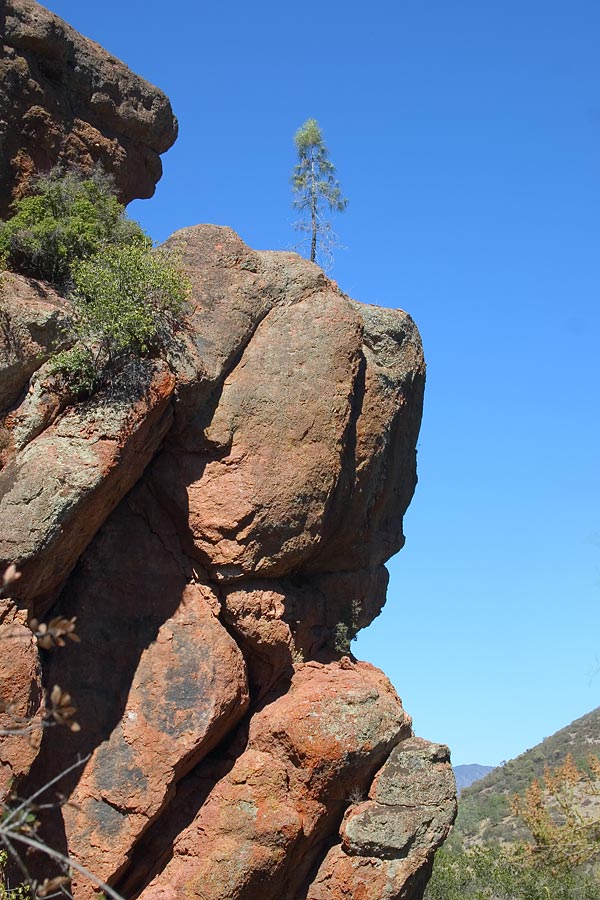
by Kyle Reynolds, Benthic Ecology Lab
You may not believe me when I say this, but not all marine science takes place underwater. That’s right… you don’t even have to get wet to study the seafloor! No, I haven’t been sucking the helium from my SpongeBob balloon, and I’m not off my rocker – I just got back from my first Geological Oceanography field trip.
Keep in mind that as an invertebrate biologist I’m hardly qualified to discuss geology on an intellectual level, but that’s never stopped me before! Please keep your arms and legs inside the blog at all times, because this could get rocky…
As sea levels have risen and subsided over the past 4.5 billion years of our planet’s existence, beachfront properties have changed their locations and altitudes dramatically. The earth’s crust has actually been swallowed up and spit back out through the mechanisms of plate tectonics and volcanic activity. So it just stands to reason that what was once found at the bottom of the ocean can now be found on the tops of mountains and vice versa. Oceanic sediments and fossils of ancient marine life even appear on top of the Alps!

Fast forward to current geologic times (namely, last Friday), when the Geological Oceanography class here at MLML took a fun day-trip out to Pinnacles National Monument. We learned from our esteemed professor, Dr. Ivano Aiello of the Geological Oceanography department, that the rock pinnacles jutting out of the ground were once the sides of an ancient volcano. Most of the rock outcroppings we walked over and under that day had once been subducted along with seawater into the mantle of the earth before being spewed out by an explosive volcanic eruption.

In fact, right where we were standing marked the birthplace of modern plate tectonic theory (where scientists realized the plates of the earth must be shifting and moving). It turns out that some brilliant geologist noticed that the pinnacles at this location exactly matched an outcropping near Los Angeles. Part of the same volcano in two different places! Did these rocks hitch a ride to vacation in the Monterey Bay area? No, it appears that the volcano was sitting right on top of a transform fault, and part of it has been slowly migrating north for the past 23 million years until it wound up here. And it won’t be sticking around, it seems. According to the USGS, the west side of the fault zone creeps north at a rate of several centimeters per year!
Don’t touch that dial! Stay tuned for more geology field trip ramblings as the class camps out in beautiful Point Reyes and takes a cruise to collect sediment cores in the Monterey Canyon…

